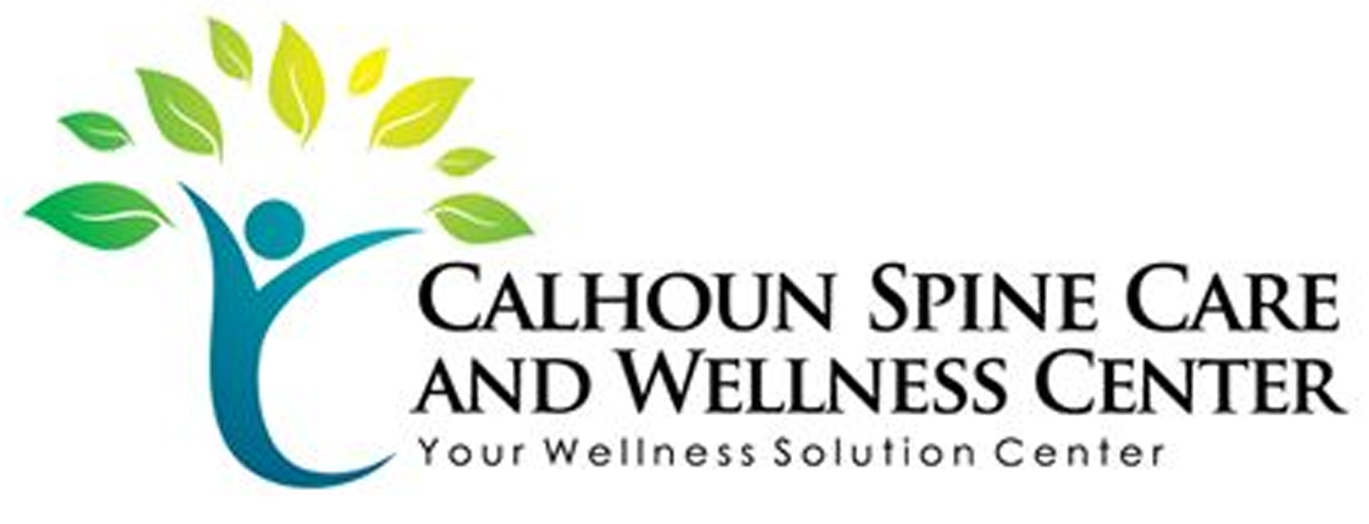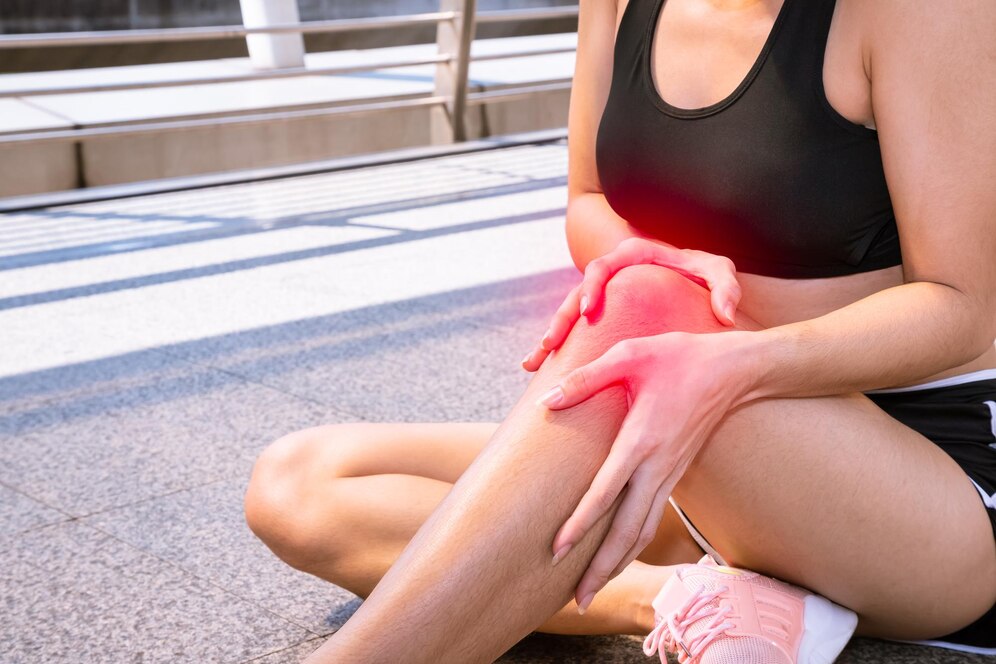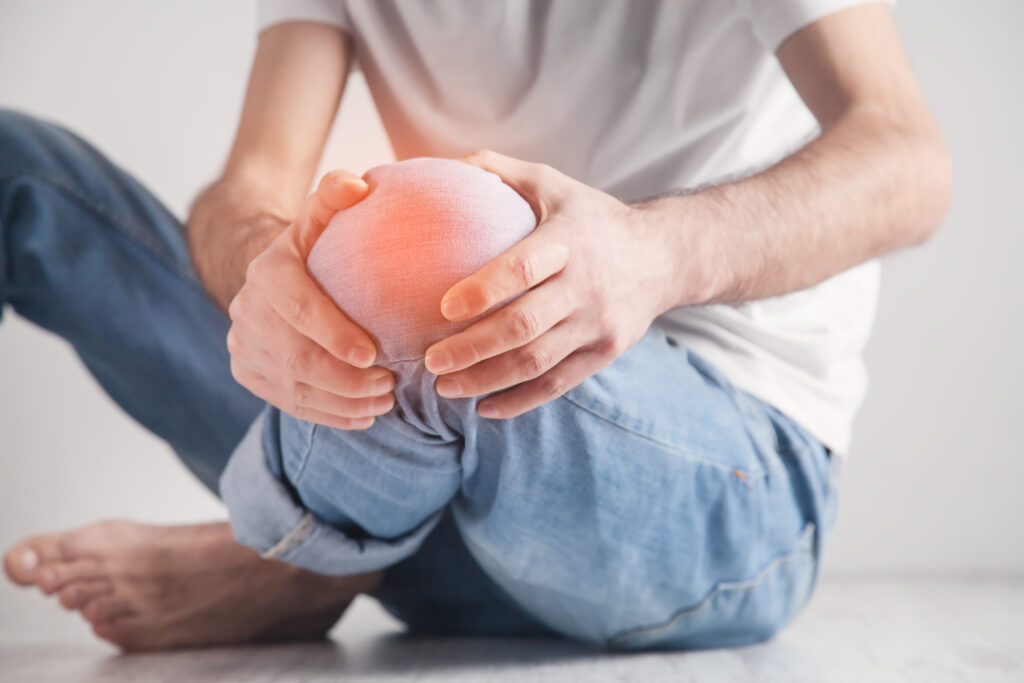When you think about sports injury recovery in Calhoun, you might picture traditional rest and rehabilitation methods. However, updated approaches are reshaping this landscape, incorporating advanced technologies and personalized strategies that promise quicker recoveries. You'll find innovative treatments like cryotherapy and wearable tech enhancing the healing process, while tailored plans focus on both physical and mental wellness. But what role does community support play in this evolving framework, and how can these strategies be further optimized for better outcomes? Exploring these questions could lead to deeper insights into the future of recovery.
Advanced Technology in Recovery
In the world of sports injury recovery, innovation plays a crucial role in helping athletes bounce back faster and more effectively. You might be surprised by how advanced technology has transformed the way you approach your recovery.
From state-of-the-art imaging techniques to sophisticated rehabilitation tools, these innovations streamline the recovery process and enhance your overall performance.
One key advancement is the use of cryotherapy. This technique involves exposing your body to extremely cold temperatures to reduce inflammation and promote healing.
You'll find that many facilities in Calhoun offer cryotherapy sessions, which can be a game-changer for managing pain and swelling following an injury.
Another exciting development is the integration of wearable technology. Devices like smartwatches and fitness trackers monitor your movement, heart rate, and even muscle activity.
They provide real-time feedback, allowing you to understand your body's performance during recovery. By analyzing this data, you can adjust your rehabilitation strategy to maximize results.
Additionally, virtual reality (VR) is making waves in rehabilitation settings. Through immersive simulations, you can engage in therapeutic exercises while maintaining your motivation and focus.
This innovative approach not only speeds up recovery but also helps you mentally prepare for the return to your sport.
With these advanced technologies at your disposal, you're better equipped to tackle the challenges of recovery.
Take advantage of these tools, and you'll likely find yourself getting back in the game sooner than you thought possible.
Personalized Rehabilitation Plans
Creating a personalized rehabilitation plan is essential for effective recovery after a sports injury. You need a tailored approach that considers your specific injury, fitness level, and recovery goals. This isn't a one-size-fits-all situation; what works for one athlete mightn't work for you.
Start by consulting with a qualified physical therapist or sports medicine specialist who can assess your condition and design a plan that meets your needs.
Your rehabilitation plan should include a variety of components. First, focus on restoring strength and flexibility in the injured area. This might involve targeted exercises that gradually increase in intensity.
Don't rush this process; allowing your body to heal properly will prevent future injuries.
In addition to strength training, consider incorporating balance and coordination exercises. These are fundamental for regaining functionality and ensuring you can return to your sport with confidence.
Regularly monitor your progress and be open to adjustments in your plan. Recovery is dynamic, and your needs may change as you improve.
Lastly, don't underestimate the importance of rest and recovery. Adequate downtime is essential to avoid overexerting yourself and risking setbacks.
Communicate openly with your healthcare team about how you're feeling throughout the process.
Holistic Wellness Practices
Holistic wellness practices play an essential role in supporting your recovery from a sports injury. These practices focus on the whole person, addressing not just the physical aspects of healing but also mental, emotional, and spiritual well-being. By integrating various methods, you can enhance your overall recovery process.
One effective practice is mindfulness meditation. Engaging in mindfulness helps you manage stress and anxiety, which can hinder your healing. It allows you to stay present and focused, promoting a positive mindset. Set aside time each day to practice deep breathing or guided visualization, which can ease tension and enhance your emotional resilience.
Incorporating nutrition into your recovery plan is vital. A balanced diet rich in vitamins, minerals, and antioxidants can greatly aid in tissue repair and reduce inflammation. Consider consulting a nutritionist to tailor a meal plan that supports your specific needs during recovery.
Don't overlook the power of gentle movement. Activities like yoga or tai chi can improve flexibility, balance, and strength while promoting relaxation. These practices also facilitate a deeper connection between your body and mind, fostering a more effective healing environment.
Lastly, consider alternative therapies such as acupuncture or massage therapy. These treatments can alleviate pain, improve circulation, and enhance your overall sense of well-being.
Injury Prevention Strategies
Preventing injuries is essential for maintaining your athletic performance and overall well-being. To keep yourself in top shape, you need to implement effective injury prevention strategies.
Start by focusing on proper warm-ups and cool-downs. Engaging in dynamic stretches before your activities increases blood flow and prepares your muscles for action, while static stretching post-exercise aids recovery.
Next, pay attention to your body mechanics. Whether you're running, lifting, or playing a sport, using correct form minimizes strain on your muscles and joints. If you're unsure about your technique, consider working with a coach or trainer who can provide guidance.
Don't forget the importance of cross-training. Incorporating a variety of exercises into your routine helps to strengthen different muscle groups and reduces the risk of overuse injuries. Strength training, flexibility exercises, and cardiovascular workouts can complement your primary sport and enhance your overall performance.
Additionally, listen to your body. If you experience pain or discomfort, don't push through it. Instead, take the time to rest and recover. Ignoring signals from your body can lead to more severe injuries down the line.
Lastly, verify you're using appropriate gear. Whether it's shoes, helmets, or other protective equipment, having the right gear tailored to your sport can greatly reduce injury risk.
Local Success Stories
Calhoun has seen remarkable transformations in athletes who've successfully navigated their recovery journeys. Local sports figures, once sidelined by injuries, have shown that with the right support and determination, recovery is entirely possible.
They've turned setbacks into comebacks, inspiring others in the community to believe in their own potential for recovery.
Take, for instance, Jenna, a high school soccer player who suffered a knee injury. With the help of local trainers and physical therapists, she not only returned to the field but also improved her performance.
Similarly, Mike, a weekend warrior, overcame a shoulder injury through a dedicated rehabilitation program that emphasized strength training and flexibility. These stories reflect a broader trend in Calhoun, where community support plays a vital role in recovery.
Here are some key takeaways from these success stories:
- Community Engagement: Local support systems can greatly enhance recovery efforts.
- Personalized Rehabilitation: Tailored recovery plans lead to better outcomes.
- Mental Resilience: Athletes who maintain a positive mindset often recover faster.
- Ongoing Education: Continuous learning about injury prevention and recovery strategies is essential.
These narratives remind you that recovery isn't just about physical healing; it's about community, resilience, and the relentless pursuit of your goals.
Whether you're an elite athlete or a casual player, these local success stories serve as a beacon of hope and motivation, encouraging you to stay committed to your recovery journey.
Conclusion
In Calhoun, you're witnessing a transformative era in sports injury recovery. By embracing advanced technologies and personalized rehabilitation plans, you're not just healing but thriving. Incorporating holistic wellness practices and proactive injury prevention strategies guarantees you're equipped for long-term success. As you share in the local success stories, remember that a supportive community is key to building mental resilience. Together, you're fostering a positive recovery culture that inspires every athlete to reach their fullest potential.



